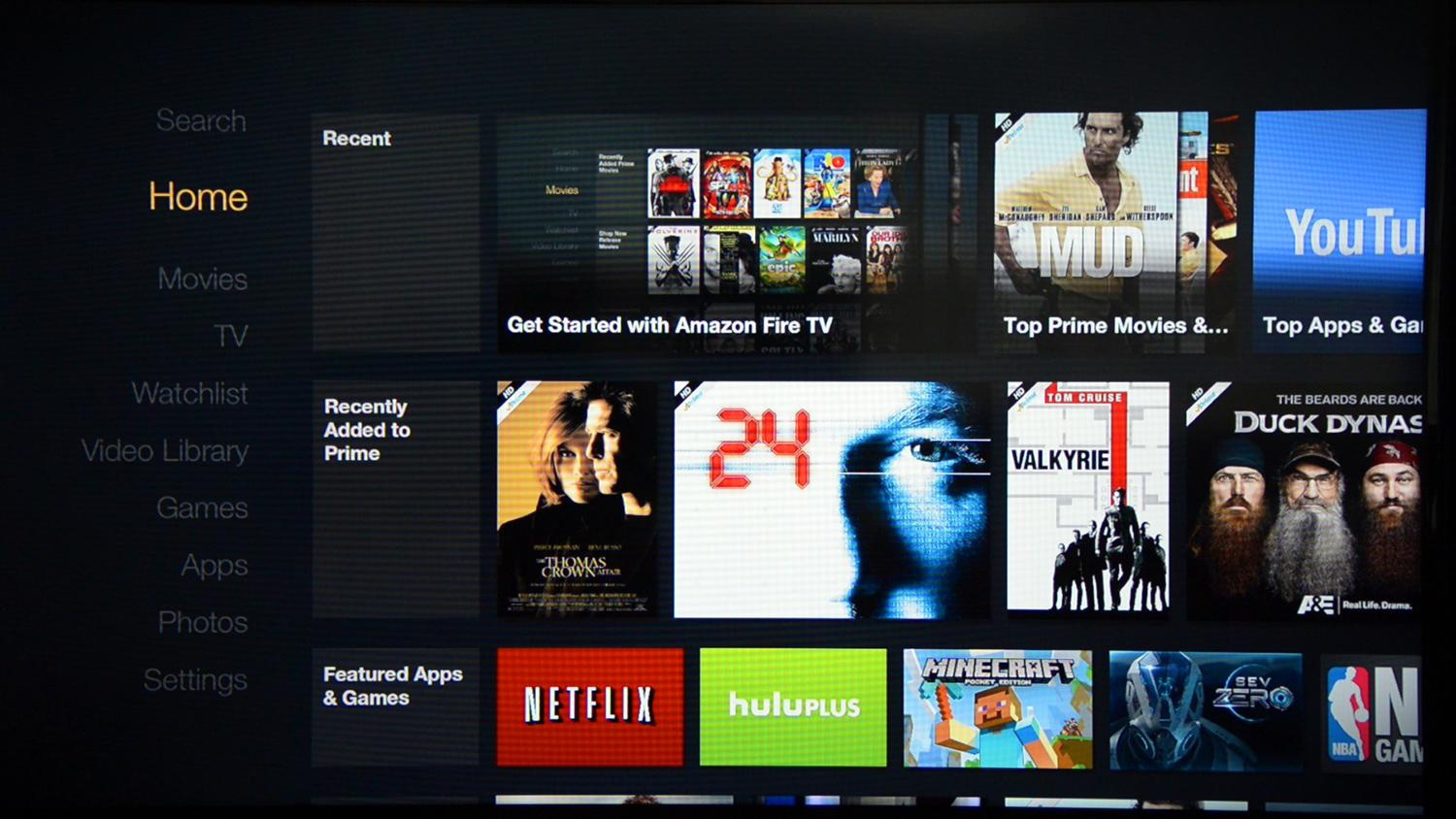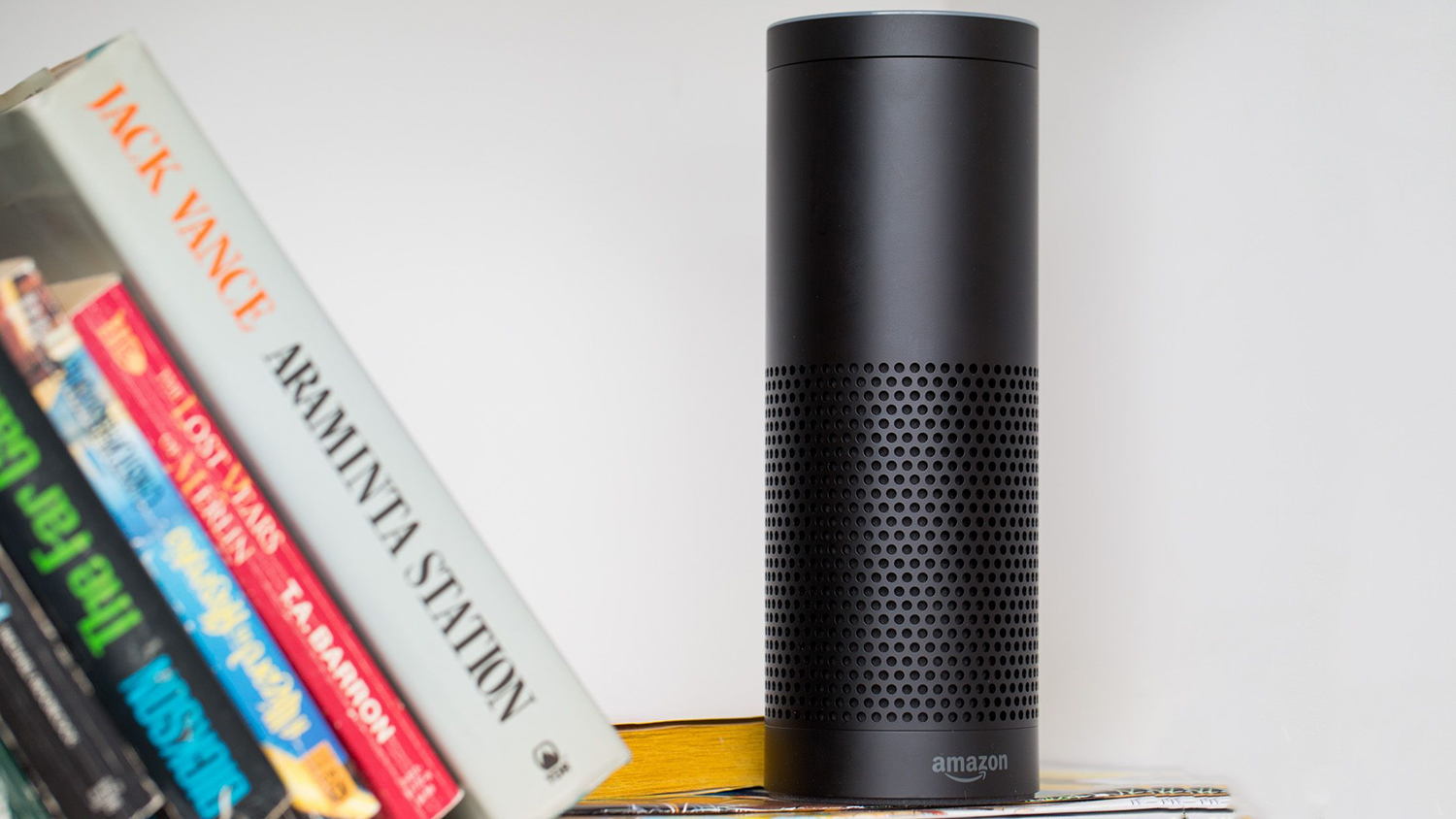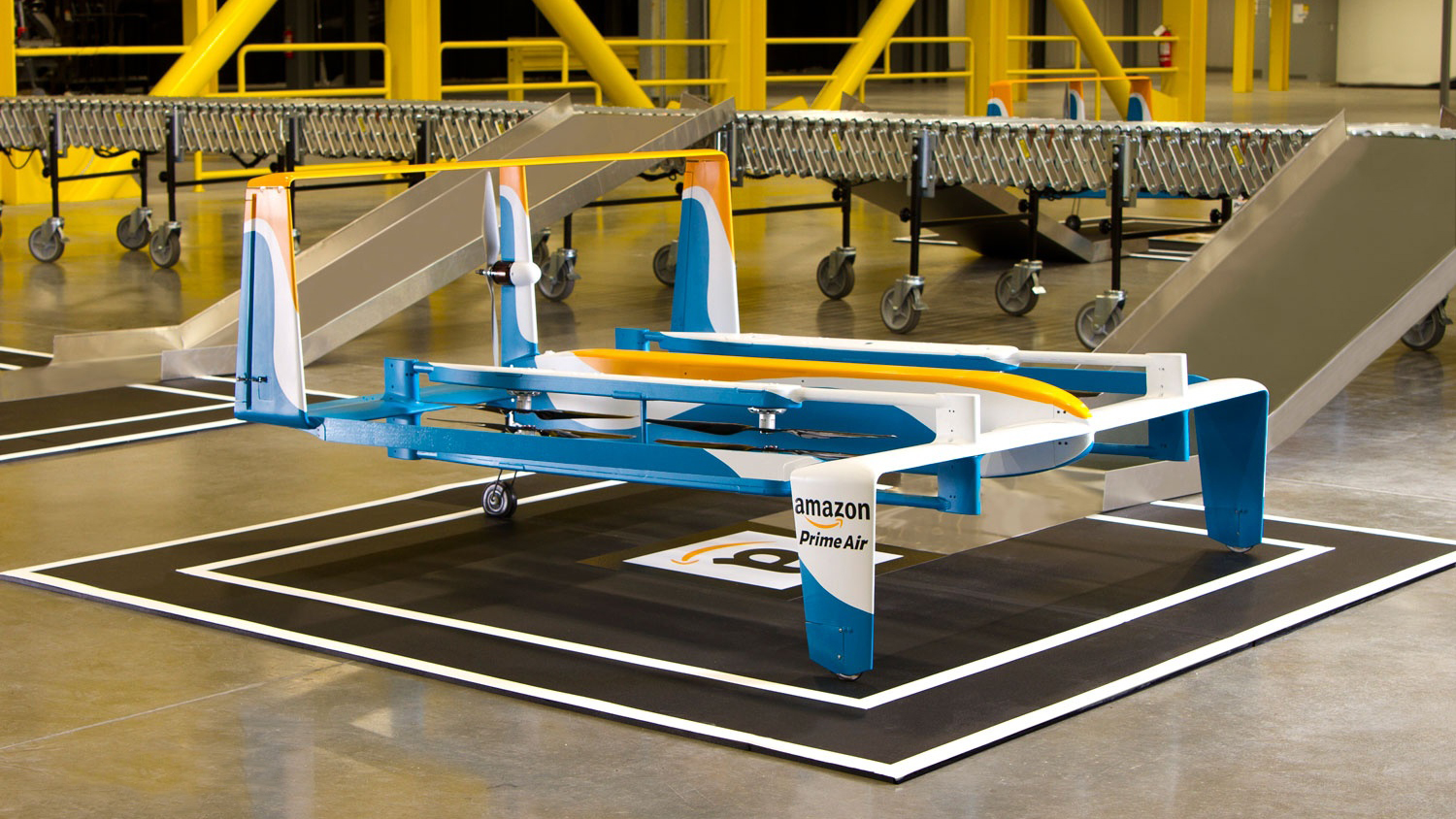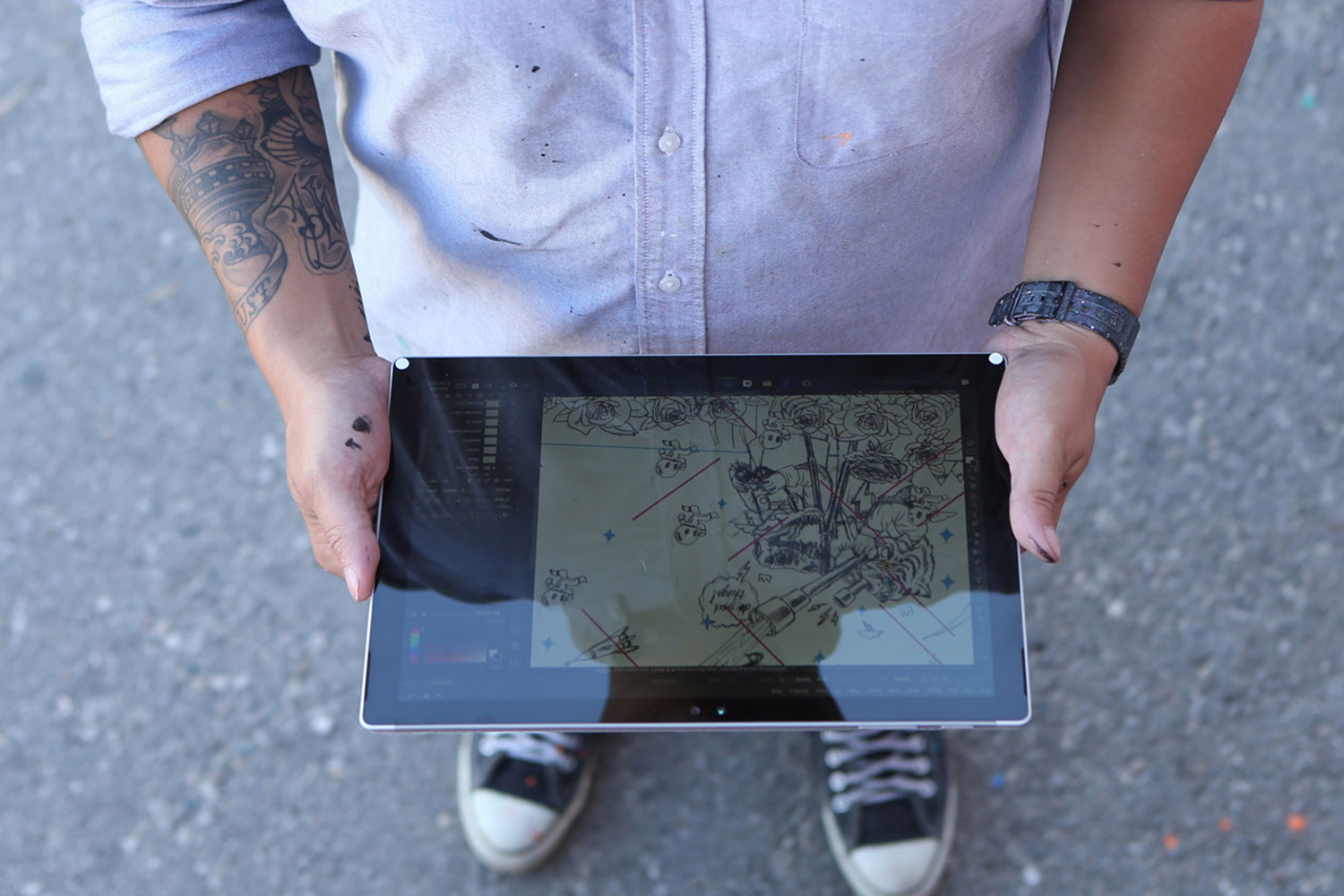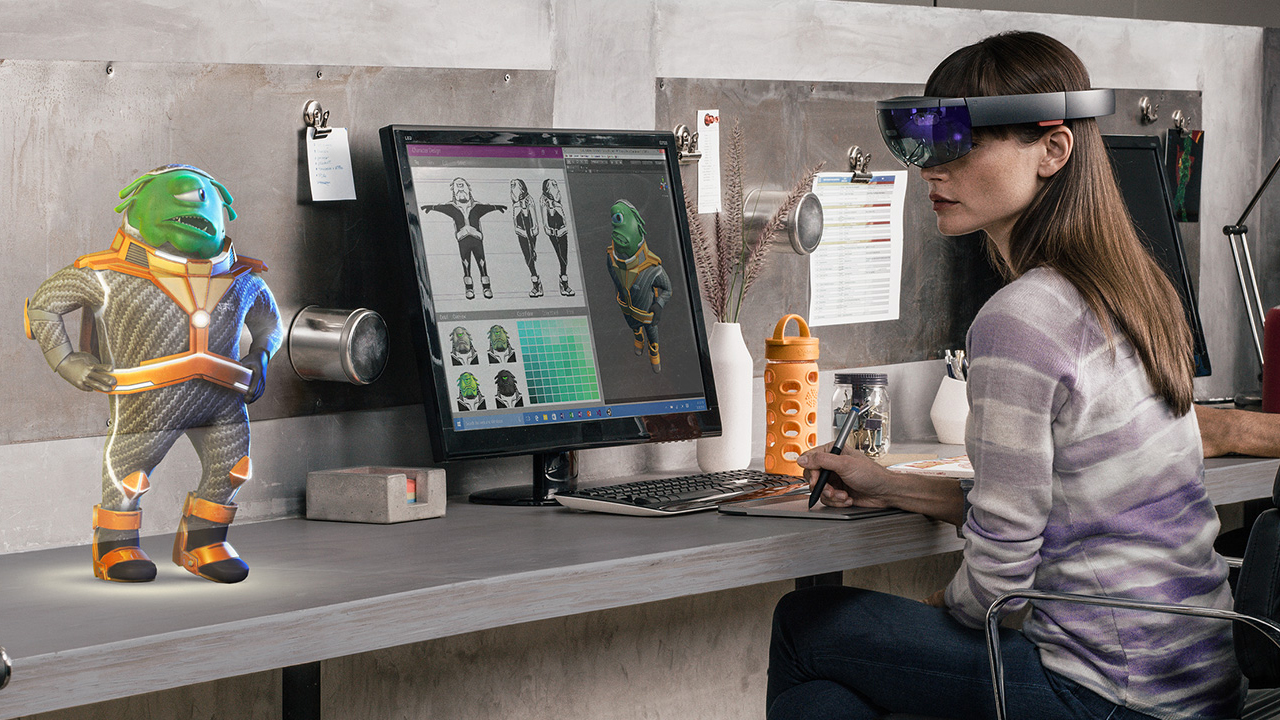From drones swarming the skies to nonchalant self driving cars, 2015 has been a pretty incredible year in tech. And while there are more innovative companies worthy of mention than we can shake a stick at, a few companies really stood out above the fray this year. As such, we’ve put together this list of the most innovative companies in 2015.
While some went bigger than others when it comes to ground-breaking new technology (space race, we’re talking to you), each of the companies below made big waves in their field and helped set a global trend that others will follow in the year ahead, and well beyond. And hey, trends are sort of our thing. Follow us below as we take a look back at 10 companies that really blew us away this year.
Blue Origin
As we look back years from now, space exploration may well be divided into two eras: The time before recyclable rockets, and the time after. That divide was solidified in 2015, so it’s no coincidence that two of the companies on our list were chosen due to major breakthroughs in reusable rockets.
On November 23, Amazon CEO Jeff Bezos’ Blue Origin became the first to launch a rocket that reached past the edge of earth’s atmosphere and landed back on its own launch pad safely and soundly. Bezos celebrated the milestone achieved by his New Shephard rocket with his first tweet ever, while telling reporters “It was one of the greatest moments in my life …” The ability to reuse commercial rockets can’t be underestimated. The practice reduces the overall cost of a space mission by as much as a factor of 100, according to fellow space pioneer Elon Musk, and could not only make low-earth orbit space travel commonplace in the near future, but could also help to extend humanity’s footprint throughout the galaxy in the years to come.
SpaceX
Not to be outdone, Elon Musk’s more prominent commercial space company made its own breakthrough just before the end of the year, on December 21. SpaceX’s Falcon 9 rocket arguably outdid its newfound space rival, soaring past the edge of space and delivering a payload of 11 satellites into orbit before touching down (near) dead center on its launch pad. The sterling success came after a few serious setbacks for Falcon 9, including an explosion after launch, and a hard landing that damaged both rocket and landing zone.
While Musk and Bezos have sparred on Twitter as to whose achievement was greater, there’s no doubt that thanks to the accomplishments of both SpaceX and Blue Origin we’re now in the midst of a new space race.
Amazon
Not everyone can make a splash as grand as sending a rocket into space and retrieving it like a cosmic boomerang. That said, Bezos’ other baby, a little company called Amazon, had a pretty big year back on earth. Amazon unleashed some impressive new hardware in 2015, including the new 4K-compatible Fire TV streaming box (which outdoes the 4K-impaired Apple TV), along with the commercial release of the Echo smart speaker. Thanks to its voice assistant, Alexa, the Echo rises above ordinary wireless speakers to act as the hub of your smart home, with the ability to dim your lights, give you sports scores, help you shop online, and play your favorite tunes, all via simple voice commands. Late this year, the tech colossus also showed its determination to deliver products via its own fleet of flying robots, unveiling an all new design for its delivery drones.
Apart from hardware, Amazon also solidified its role as a major player in original content creation in 2015 as its Prime Instant Video service won multiple Emmys, and a it earned a Golden Globe for its original series Transparent — a first for an online series. The close of 2015 also means it has been at the forefront of the 4K Ultra HD streaming revolution for a year; In September Amazon jumped ahead of Netflix by introducing the first available streaming content in 4K Ultra HD with HDR. Finally, the service introduced new streaming bundles for Prime members with discounts to services like Showtime.
Google and Alphabet
After reorganizing under the umbrella company Alphabet, there was no shortage of innovations from the company formerly known as Google in 2015. From moonshot projects designed to create new medical procedures, to the unveiling of futuristic motion control products like the fabric-embedded Project Jacquard, Google’s overall brand had a monster year. However, one of the most exciting projects for the world at large is Project Loon, a new Google initiative that essentially employs weather balloons designed to bring Internet access to rural areas. With ⅔ of the planet’s population currently lacking viable Internet access, Project Loon could be integral to completely rewriting the world’s tech landscape.
Twitter and Periscope

While Meerkat was the first of its kind to garner major hype, Periscope arose as the premier platform for the new era of live video streaming en masse, following Twitter’s confirmed purchase of the platform in March. The user interface is buggy at best, but the revolutionary new platform allows virtually anyone to record the events of the world as they happen — a perfect addition to the social media site that has thrived on its ability to inform on a global scale in real time. With millions of smartphones littering the planet, Periscope has created a sprawling guerilla network of live broadcasters, transforming current events in ways that we’re just beginning to perceive.
5 more innovative tech companies
T-Mobile

With the media landscape in a rapid state of change — from the way we consume content to the companies that create it — T-Mobile stepped right into the fray this year with its new service, Binge On. The feature allows T-Mobile subscribers to stream at will from 24 services at launch — including monsters like Netflix, Hulu, and HBO Now — without using a single byte of data. While some have argued the feature flies in the face of Net neutrality by giving advantages to specific streaming services, CEO John Legere assured the press that “there’s no money changing hands” between the company and its video partners, saying “this is all about innovation.” Perhaps most important, FCC Chairman Tom Wheeler agrees with Legere, giving the go ahead for Binge On, which could force competing companies to follow suit, and might one day help do away with mobile data caps altogether.
Microsoft
After a sputtering start in the tablet business, Microsoft’s latest version of its 2-in-1, the Surface Pro 4, has finally helped the hardware come into its own. The company made multiple improvements on the hardware side, and while Windows 10 is not without its issues, marrying the improved software with the extremely powerful hybrid device has led to a major leap forward. More exciting when it comes to fresh innovation, Microsoft also unleashed its new vision for AR (Augmented Reality), the Hololens, to developers this year. The move may well spawn an entirely new era in the burgeoning field that is just beginning to reveal its potential.
Netflix

Netflix’s dominance in video streaming has become commonplace, but you may not realize just what a big year it had. With rivals on all sides, Netflix still raised its prominence, accounting for a whopping 37 percent of all Internet bandwidth at peak hours in North America. While keeping its place at home, Netflix expanded into multiple countries this year on its quest to invade 200 countries by 2017, including Australia, which saw Internet usage spike by 40 percent over the previous year after Netflix’s arrival. Meanwhile, the streamer doubled its original content output, including major hits like Marvel’s Daredevil and Jessica Jones, and respectable comedies like Aziz Ansari’s Master of None.
But Netflix’s biggest innovation this year was its transformation into a full fledged movie studio. The company made aggressive moves at Sundance this year, including a four-picture deal with indie film darlings the Duplass brothers, as well as landing marquee stars like Brad Pitt and Adam Sandler, and movie producers like Judd Apatow. Most important to the entertainment landscape at large, Netflix premiered its first movie in theaters and streaming at the same time in October with Oscar contender Beasts of No Nation, breaking the long-held theatrical release window.
Samsung

With a huge world market share in the TV and smartphone biz, Samsung is a perennial player at the front of the technology pack. But the most intriguing innovation this year comes with Samsung’s release of the first product built with Facebook’s Oculus virtual reality tech, the Samsung Gear VR. Composed of a headset equipped with newer Galaxy or Note smartphones, Gear VR costs just $100. For that modest sum, the device gives a wide swath of Samsung smartphone users a tantalizing taste of VR. The device rises above previous iterations like Google Cardboard, and sets the stage for the VR revolution to come that will change the way we interact with movies and TV, gaming, and even highly sensitive fields like internal medicine.
Tesla

While Tesla had a small scandal this year when it comes to the dependability of its growing fleet of electric cars, Elon Musk and company used 2015 to show the world what we can expect from the future of automobile technology. Thanks to a simple firmware update, Tesla Model S owners awoke in mid October to a new self-driving mode for the highway, allowing them to engage an Autopilot in their vehicles for relief from “the most tedious and potentially dangerous aspects of road travel.” Now that’s a refreshing use of firmware updates.
That’s our list for 2015. We’ve no doubt left off some serious innovators, but with so many impressive new strides taken in the year that was, we had to draw the line somewhere. What amazing innovations will come in 2016? Stay with us throughout the year to find out.
